cherry tree diseases black knot
Where does black knot come from. This may seem like an extreme first step but unlike humans trees have the.

Cherry Tree With Black Knot Disease Stock Photo Image Of Illness Canada 115868956
If you notice black growths on your plum or cherry trees the first thing you have to do is amputate the infected areas.

. It is easily recognizable once formed by its rugged irregular dark galls that enwrap branches. Once trees have gone dormant or before they leaf out in springtime look. Black knot is caused by the fungus Apiosporina morbosa which survives in black knot galls on infected Prunus trees.
Black Knot caused by the fungus Apiosporina morbosa is a very common disease of plants in the genus Prunus See Table 1. It creates knobby dark. Black knot fungus Apiosporina morbosa is primarily a disease of plum and cherry trees although it can also infest other stone fruit such as apricots and peaches as well.
Commonly known for attacking cherry and plum trees black knot is a fungal infection recognizable by distinctive uneven black galls that grow on the branches of infected trees. A survey in Alberta revealed a significant. Black Knot Black knot of plums and cherries is a widespread and serious disease throughout North America.
Caused by a fungus Apiosporina morbosa black knot is a common disease that affects many types of fruit trees but mainly wild and cultivated plum and cherry trees. Every spring we see the light. What is Black Knot.
In its early stages it can be managed by pruning. 1 Black Knot Black knot is the most common disease found in the cherry tree lineage. The pathogens traveling through the wind and rain carry the knot fungus.
A black knot is a fungus that affects both fruiting and ornamental cherry trees. The fungus Apiosporina morbosa also identified as Dibotryon morbosum and. Black knot is a relatively slow growing disease.
Spores of the fungus are released. Black Knot Disease of Cherry and Plum Black knot disease occurs on numerous cultivated and wild plums prunes and cherries Prunus spp. The black knot fungus mainly affects twigs branches and fruit.
Some common cherry tree diseases include Black Knot Cherry Leaf Spot Brown Rot Cryptospora Canker Powdery Mildew and Necrotic Ringspot. Remove any wild plum and cherry trees from nearby woods and fencerows for at least 500 feet from the new orchard. The disease is characterized by the presence of.
Key points Black knot caused by the fungus Apiosporina morbosa forms galls on plants in the genus Prunus including plum cherry flowering almond apricot and blackthorn. Black knot is a widespread fungal disease that attacks plum and cherry trees both fruiting and ornamental. Once the disease appears in the trees remove the knots.

Landscape Black Knot Of Prunus Center For Agriculture Food And The Environment At Umass Amherst

This Will Kill Your Plum Trees How To Get Rid Of Black Knot Fungus Youtube

Black Knot Disease Is A Fungal Infection That Can Impact Your Trees
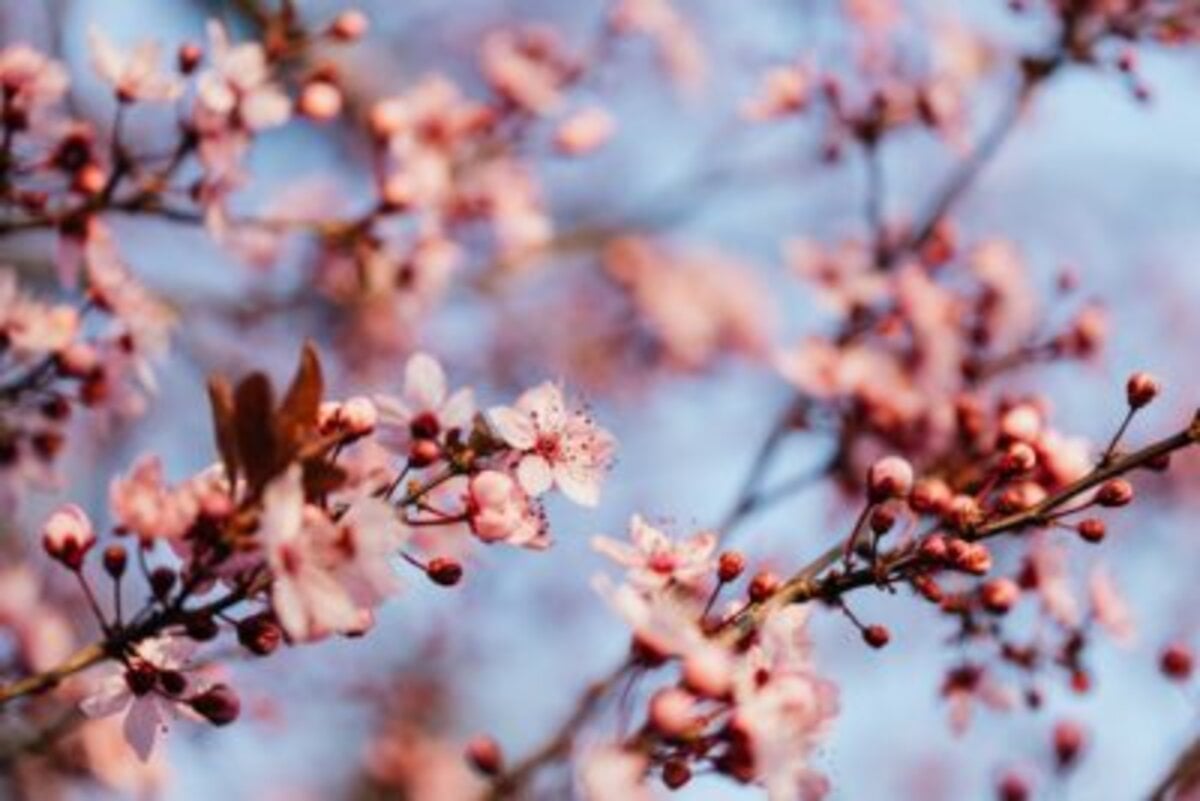
7 Common Cherry Tree Diseases And How To Treat Them Lawnstarter
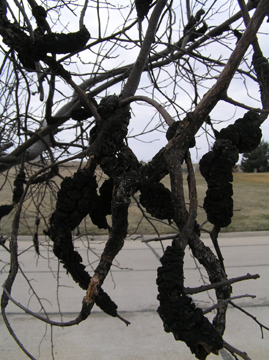
Black Knot Backyard Farmer Nebraska
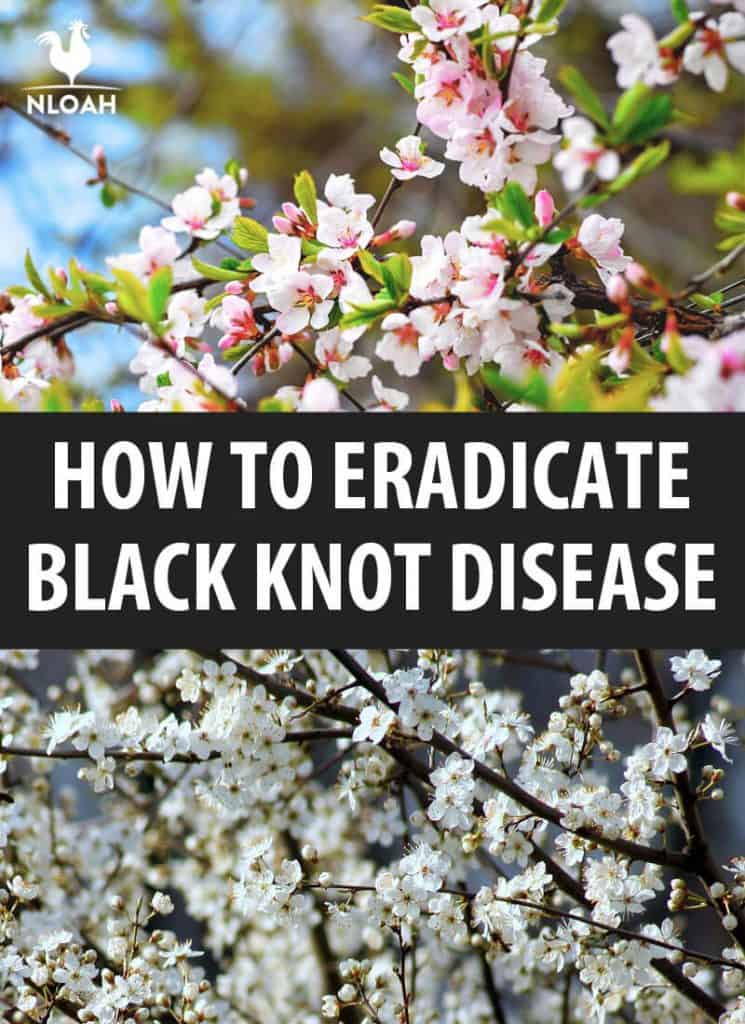
How To Eradicate Black Knot Disease New Life On A Homestead
Black Knot Disease In Cherry Trees Barts Tree Service
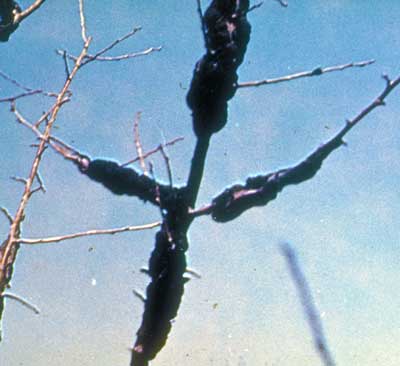
Your Plum Trees Versus Black Knot Msu Extension
Black Knot On Trees Slave Lake Ab
Plant Health Care Black Knot Disease The Lawn Techs Blog
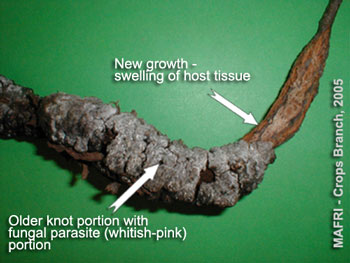
Province Of Manitoba Agriculture Black Knot Of Prunus What Are Those Black Lumps On My Trees

Identifying Black Knot Fungus Keil Tree Experts Inc
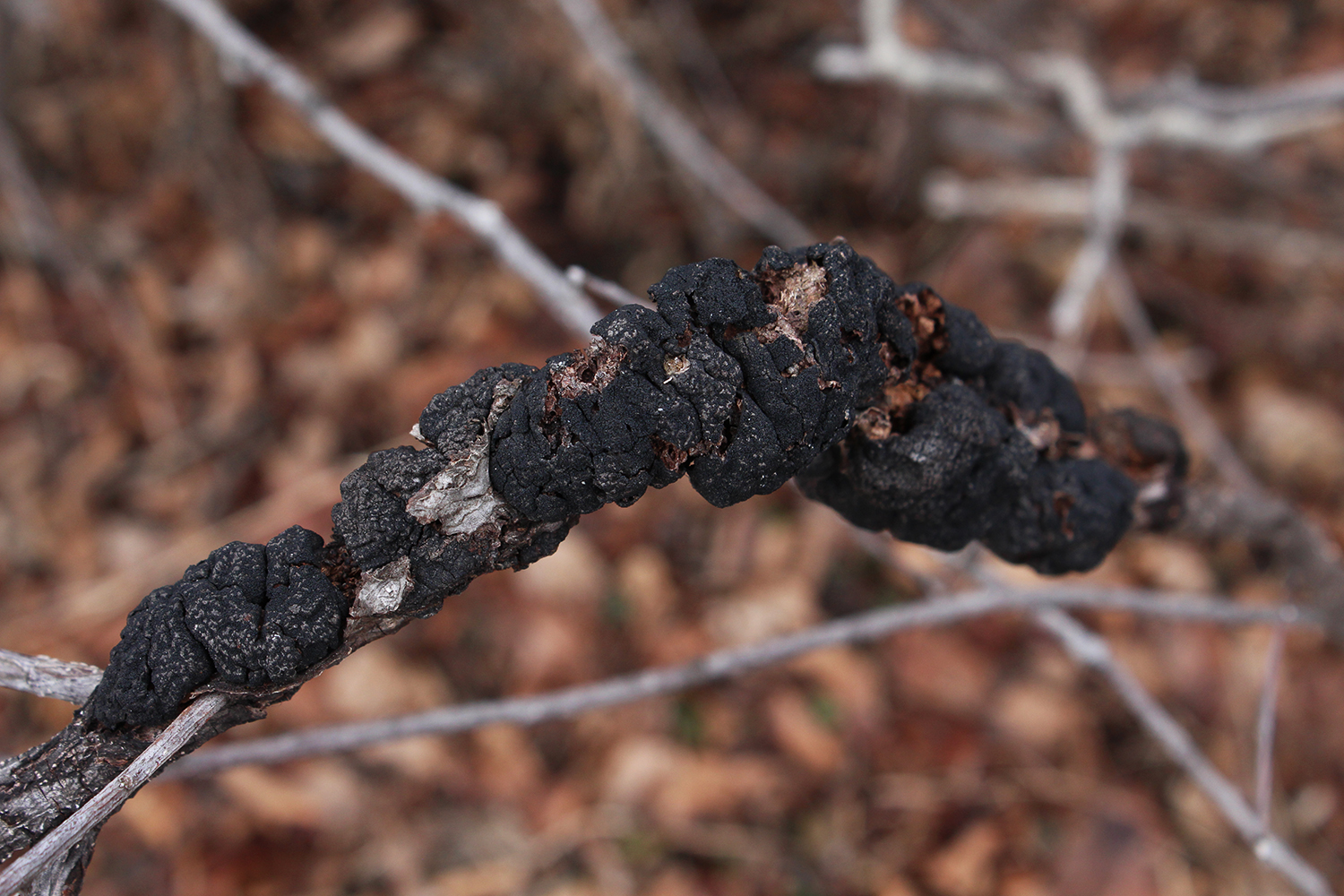
Black Knot Disease Rural Dreams

10 Common Cherry Tree Diseases Minneopa Orchards
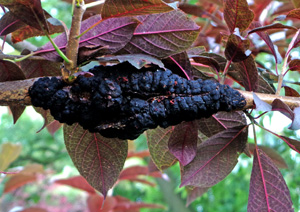
Black Knot Apiosporina Morbosa Wisconsin Horticulture
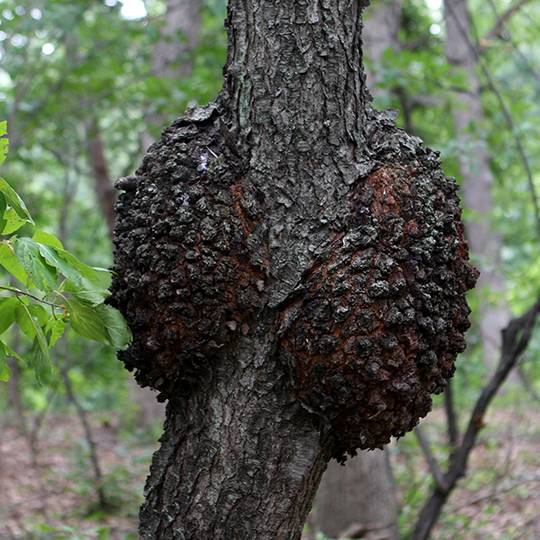
Black Knot Signs Symptoms And Treatment
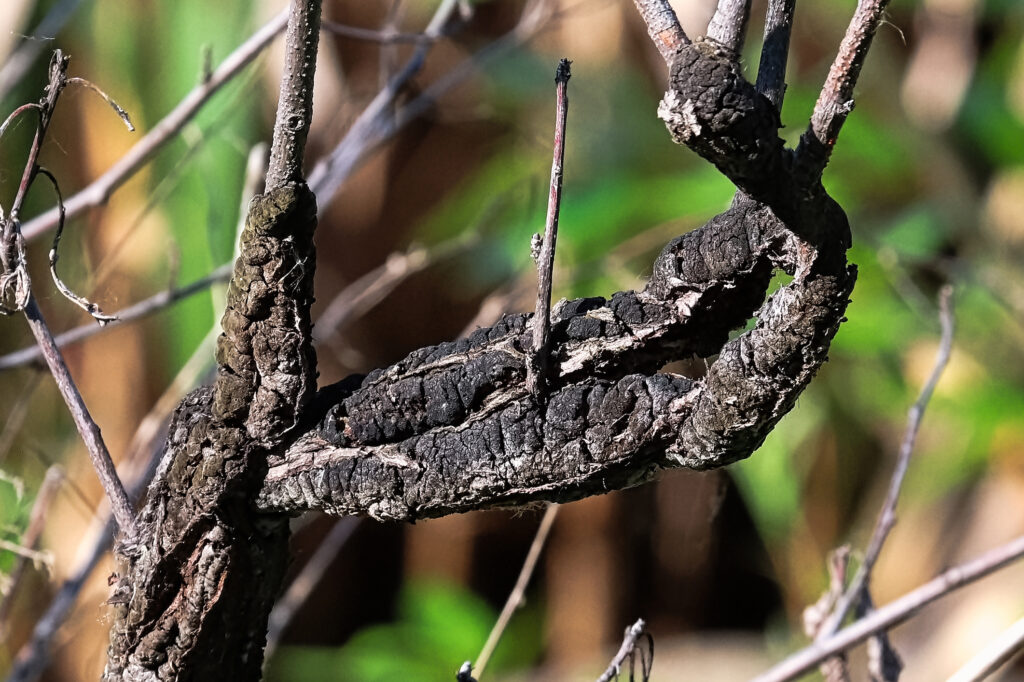
Black Knot Fungus Treatment Prevention Jung Seed S Gardening Blog

Cherry Tree Black Knot Toronto Master Gardeners
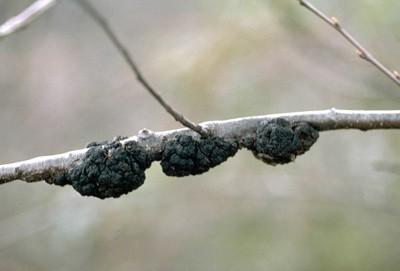
Black Knot Disease On Trees University Of Maryland Extension